Description
Introducing the book Khasi Miqat by Jalal Al-Ahmad
Khesi is an Iranian writer in the travelogue of Hajj Jalal Al-Ahmad. “I realized that I was the one who came to Miqat, not the one who came to Miad,” he writes in the book. Al-Ahmad wrote this travelogue in 1343, when he was 41 years old.
One of the salient features of this book is the author’s great attention to detail and its fluent and pleasant text.
In this book, he has looked at the Hajj journey not only from the aspect of pilgrimage but also from different angles and has considered and analyzed cultural, economic, social, tourist and other issues.
Khosi in Miqat is one of the most famous Hajj travelogues written by Jalal Al-Ahmad at the age of 41. He went on Hajj in 1343 and visited Mecca and Medina and wrote about his experiences in the book Khasi in Miqat. Has set foot. According to many experts, this trip is a new chapter in the life of Al-Ahmad.
Khesi in Miqat is a book that deals with this journey not only from the aspect of pilgrimage but also from different angles and has considered and analyzed cultural, economic, social, tourist and other issues.
In this book, Jalal al-Ahmad gives interesting descriptions of the details of various people who have come to this holy place from all over the world;
Details such as clothing, customs and other features. Khasi in Miqat is not a simple travelogue that tells only about a writer’s trip to Mecca and the rituals of Hajj;
In this travelogue, Jalal writes about his own views on the pilgrims and their inner motivations. He is eager to get to know the pilgrims and their inner motivations for coming to this journey.
For him, the question is whether these pilgrims to the house of God, motivated by tradition, have taken the path to the house of God and come to this holy land from all over the world, or whether their true faith and feelings have led them to the land of revelation.
Have they traveled to Mecca to discover the truth, or is it a journey they only think they should make?
He wants to know that these people, who have traveled to Mecca from all over the world from Africa, Asia, Europe, and even the United States, gather their belongings at the end of their journey as before, and return to their homeland, or something happens in that land.
In this travelogue, Al-Ahmad tries to answer these questions.
Jalal al-Ahmad’s itinerary to Mecca begins at Jeddah airport near Mecca in Saudi Arabia. At the beginning of his travelogue, Jalal describes the travelers.
He gets acquainted with travelers who introduce them as villagers, bazaars, clergy, old women. In his travelogue, Jalal al-Ahmad describes in detail his fellow travelers, the hardships, difficulties and lack of facilities, and states that the difficulties of this journey are the same for all pilgrims to the House of God.
In this book, Jalal al-Ahmad complains about the unrest of the Muslims he sees in Mecca, in other words, he feels pain for his audience.
From the first moments of his journey, he encounters a kind of backwardness and humiliation, and wherever he goes, he sees traces of this kind of vulgar and superficial behavior.
He complains about the architecture of the shrines and the poor facilities provided to the pilgrims by the incompetent Saudi government. In this travelogue, Jalal even complains about the people who come to this journey without any attitude and vulgarity, and even in this journey, they are busy with the splendor of the material world, and criticizes their ignorance, ignorance and blind worship.
About the author of the book Khesi in Miqat: Jalal Al-Ahmad
Jalal Al-Ahmad was born in 1302 in one of the old neighborhoods of Tehran in a religious family. Despite his father’s objections, he studied at the Academy of Arts and later went to Tehran University to study literature.
Jalal al-Ahmad had intellectual leanings and joined the Tudeh Party in his youth. This was not acceptable in his religious family. His inclination to join the Tudeh Party and his lack of prayer made his relationship with his father strained and his father rejected him.
Jalal Al-Ahmad started writing with the publication of the book Visit and Visit in 1324, and after that he left many works of Hood. He was a very influential writer. Great writers such as Gholam Hossein Saedi and Nader Ebrahimi have been influenced by the prose of Jalal al-Ahmad.
Jalal met Simin Daneshvar, a contemporary novelist and translator, on a bus from Isfahan to Tehran in 1327, and married him in 1329. Simin and Jalal’s house in Dezashib neighborhood of Tehran has been turned into a museum and the works of these two authors and many of their letters and photographs are kept in it.
The Jalal Al-Ahmad Literary Award has been launched since 2008 and is awarded annually to the best works of the past year by Iranian writers in various categories.
Jalal al-Ahmad died in 1348 in Asalem, Gilan.
Jalal Al-Ahmad style
Jalal al-Ahmad was one of the writers who was greatly influenced by the works of Sadegh Hedayat. This caused Jalal to create a new style in Persian fiction.
“Jalal reached a point where his prose sided with Hedayat’s works and classical Persian writings,” said Abdul Ali Dastgheib about Jalal al-Ahmad.
Because it can be said that Al-Ahmad’s writings are at the pole opposite to Sadegh Hedayat’s writings, Jalal al-Ahmad, unlike Sadegh Hedayat, does not serve the analysis of the minds and hearts of the characters, for this reason, many call Jalal’s prose extroverted.
Jalal Al-Ahmad’s expressive eloquence and special style in writing have made him different from other contemporary writers.
Works of Jalal Al-Ahmad
In general, Al-Ahmad’s works include stories, observations and travelogues, research articles and books, translations and memoirs and letters.
The books “Seeing and Visiting”, “From the Suffering We Are Going”, “Setar”, “Many Women”, “School Principal”, “Nun and the Pen”, “Treasure”, “Children of the People”, “In the Service and Betrayal of Intellectuals” And the collection of books “Letters of Jalal and Simin” by Jalal Al-Ahmad.
Other works by Al-Ahmad include “The Curse of the Earth”, “Five Stories”, “Forty Original Parrots (with Simin Daneshvar)”, “A Stone on a Grave” and “The Story of the Hives”.
Part of the text of the wet book in Miqat
We left at five-thirty in the morning; We were here from Mehrabad at 8:30; Seven and a half local time and reception on the plane. Breakfast, no tea or coffee; Bread and chicken pieces and an egg; In the box and stigma of the airline;
But the “pilgrims after these” were skeptical for a while whether they could be eaten or not? Is slaughter legal or not? I did not understand what happened, until the suspicion was removed.
Maybe our attack caused; Who participated in the distribution of food with the plane crew as if he had taken it out of his pocket and after the meal one by one oranges; Also with the help of our attacker. Then one of the passengers asked for water.
The Lebanese hostess gave him water and I heard his young colleague say “Commence pas si tôt” to France! I laughed and they saw and after that, they spoke Armenian. Lebanese-Armenian Arab and the crew of the plane that Haji flies from Tehran to Jeddah! And who were you? And who are you? I remember praying in the morning at the pilgrims’ nest at Tehran airport;
I do not know after several years. Probably after leaving the prayer in the first grade of university. Once upon a time! I performed ablutions and prayed and sometimes night prayers! Although the latter did not put a seal under the forehead and this was the prelude to takfir; But honestly, he is no longer. I feel that he is a hypocrite;
That is, it is not true. It is not hypocrisy, it is not faith. Just to be the same color as the crowd. Did you finally go on Hajj and then not pray?
We were supposed to leave yesterday morning, but we couldn’t. That is, we went to the airport at four in the morning and returned at seven o’clock, with hanging stains; While the pilgrims’ nest was full of people. Children are like twists and turns, long and round;
In a dream and in a corner, a group of Kurds stand with a crow on their heads, hands and chests praying; With their forerunner that a white crow was tied and one in the prayer line, he was so tall that the chess king in the line of infantry and the Imam, with his white crow, was not even half a foot tall. Hajj is no more!
Jalal al-Ahmad in his book in Miqat, not only from the aspect of pilgrimage but also from different angles, has looked at the Hajj journey and has considered and analyzed cultural, economic, social, tourist and other issues.
Khesi in Miqat is one of the most famous contemporary travelogues of Hajj written by Jalal Al-Ahmad in 1343 at the age of 41 during Hajj.
Perhaps the first feature of “Wetness in Miqat” that comes to mind is the special situation in which the author embarked on such a journey, and therefore this journey can be considered a new chapter in the life of the author.
In other words, this trip is not an ordinary one for Al-Ahmad.
Al-Ahmadi, who is going on this trip, is the one who saw one day join the Tudeh Party; Al-Ahmadi, who has experienced escape from the religious family, prayer and the publication of books in protest of religious traditions.
Dr. Shariati says: “If one does not know the periods of Al-Ahmad’s life and compares Al-Ahmad Khasi in Miqat with Al-Ahmad in 24 and 25, which had become a mass, one can not accept that he is also the author of the Hajj travelogue.”
In this travelogue, Al-Ahmad took up the pen in every home and position and wrote so many details of his journey to us that we ask ourselves how did a person have so much opportunity to write during his journey?
The itinerary begins at Jeddah Airport, where travelers first meet.
Travelers from the countryside and old women to elites like Jalal are all the same color. The hardships and difficulties and the lack of facilities in travel are the same for everyone. All the razor blades and that glitter have been abandoned and sent to discovery. Each one a kind; One to explore travel; Another to discover the Kaaba and another to discover himself.
The Journey of Hajj Jalal Al-Ahmad is one of the writings that has made this writer famous in the fifties, like his westernization and school principal.
In this article, Jalal, in fact, gives a moment-by-moment account of this journey, and while writing this travelogue, he sometimes refers to the anomalies of modernism that even contaminate spirituality, and the dark and long shadows of colonialism and the exploitation of powerful industrialized countries. The petrification and backwardness are on the rise, and despite the abundant wealth that some of these countries have from their natural resources, especially oil, they have become a consuming nation and everything has become dependent on the powers that have gained in the shadow of these dependencies. .
In this travelogue, Jalal even complains about the people who come to this journey without any attitude and vulgarity, and even in this journey, they are busy with the splendor of the material world, and criticizes their ignorance, ignorance and blind worship.
Important features of the book
The book Khesi Dar Mikat has many educational topics, which are as follows:
Avoiding hypocrisy: The author believes that religious practices should be performed with sincerity.
Compassion: Jalal suffers from the suffering of workers, the inability of children, and the injustice of women in performing their religious duties. He is familiar with problems and pains and when he sees them, he becomes sad and complains.
Prejudice and justice in burying the dead: Al-Ahmad, when he goes to Baqiya Cemetery, finds no trace or sign of his brother’s grave. It mocks the Saudi tradition of burying the dead, who apparently leave no trace of them hypocritically, calling it bigotry. He seeks justice in both life and death.
Respect for the sacred in all religions: Jalal does not use negative or positive actions in narrating the social situation of Hajj and in dealing with what he does not agree with; Rather, he addresses Al-Saud as an introvert; Those who hurt the souls of the living in order to destroy the signs of humanity and out of prejudice.
Avoid obscenity and aggression: Jalal believes that a religious person should maintain the sanctity of the collective spirit; That is, the same pure thought and good speech is his mental concern.
This book is not a simple travelogue that only talks about the rituals of Hajj, but it is a reflection on pilgrims and the fate of Muslims and the Islamic world, the confrontation between East and West and Islam and Christianity and the industrial and productive world and the third and unproductive world.
He also thinks about himself; He has been away from his patriarchal religion for some time and has not practiced religious rites, but now he has returned to them …
The author really sees everything carefully; Both the behavior and speech of the pilgrims and the means of travel as well as the city, the mountains, the desert and the date orchards.
1- Introducing the book on YouTube
2- Introducing the book in Aparat

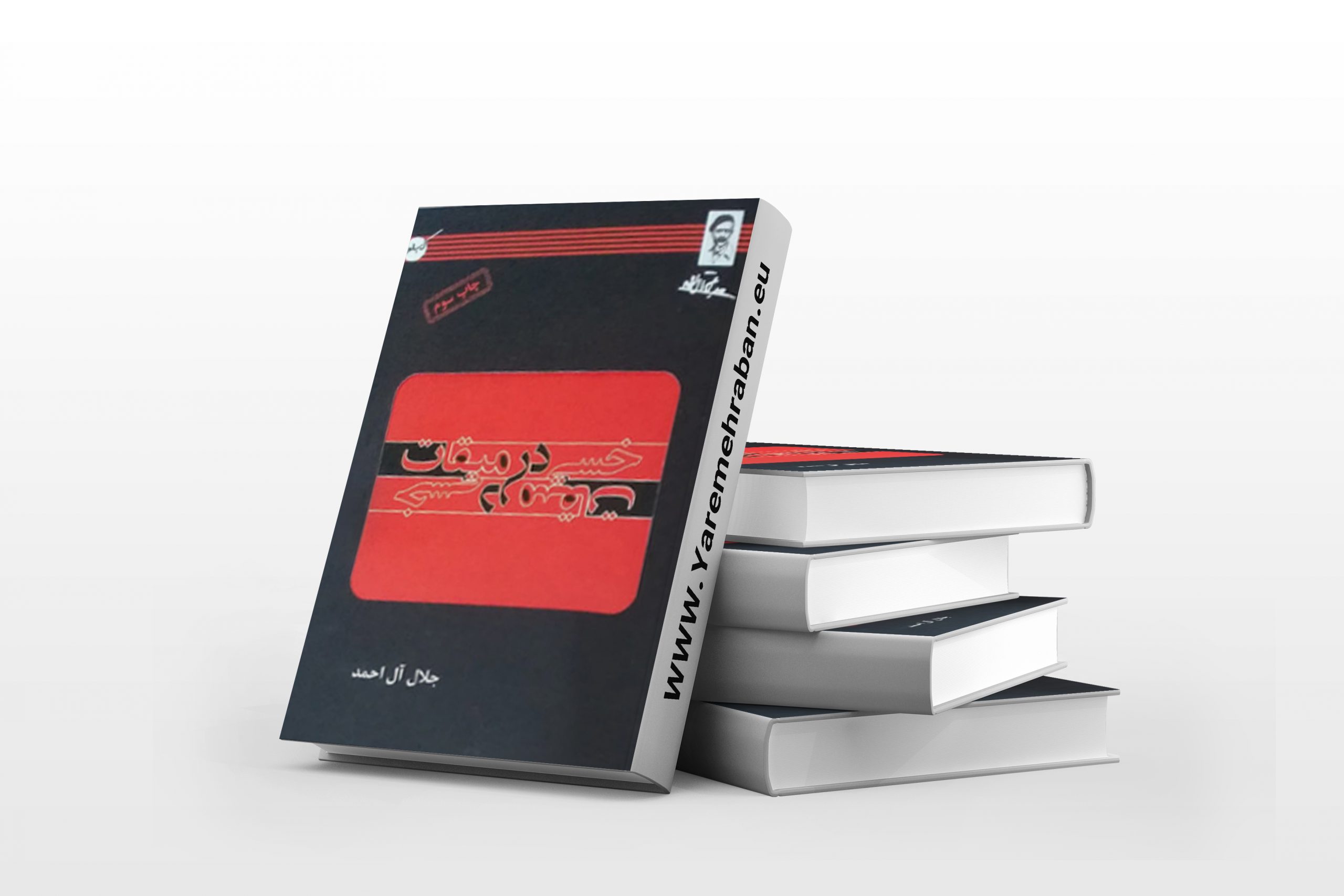
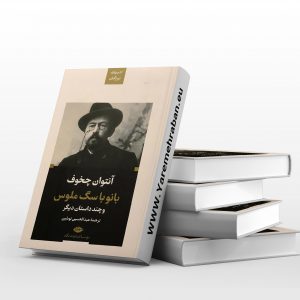

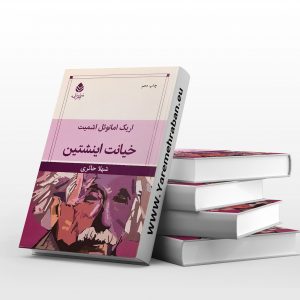



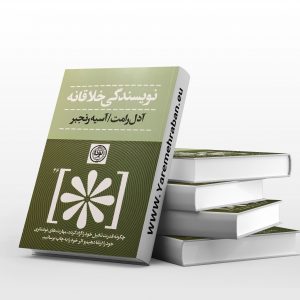




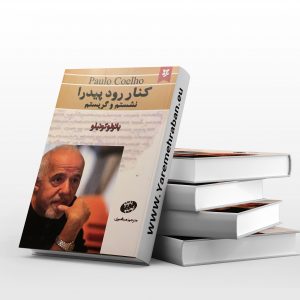
Reviews
There are no reviews yet.